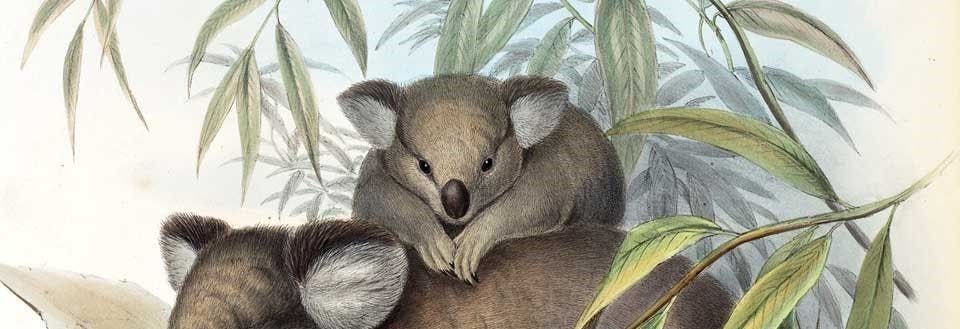Forbes, Edward (1815-1854).
A History of British Starfishes, and Other Animals of the Class Echinodermata. London: John Van Voorst; Printed by Samuel Bentley, 1841.
Edward Forbes studied at Edinburgh shortly after Charles Darwin, where invertebrate zoology was a priority, and where students were educated by field excursions. Forbes went on to become, with Darwin, one of the great authorities on invertebrates, with Forbes specializing in echinoderms, which includes starfish and sea urchins. His book on British starfish was embellished not only with his own drawings of various specimens, such as the pair of sea cucumbers seen here, but with an assortment of tiny and charming vignettes, which were stuck in wherever there loomed an open space at the end of a section of chapter. Forbes was addicted to dredging as a source of specimens, and he even wrote a 12-line ditty in its honor, which begins:

